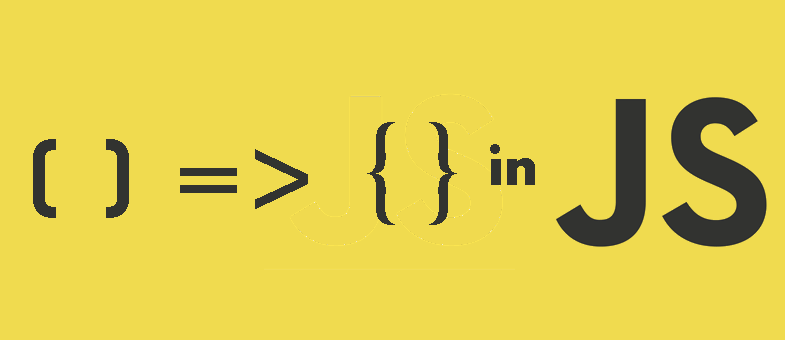Tail Call Optimization and Recursion in Java Script by Israel Bootcamp
Tail Call Optimization ♻️and Recursion🔁 in JavaScript | by Israel | Bootcamp #
Excerpt #
Recursion is a powerful programming technique where a function calls itself to solve a problem. While recursion is elegant and intuitive, it can lead to performance issues when not managed properly…

[
]( https://oluwadaprof.medium.com/?source=post_page-----8768f2f06a08--------------------------------)[

]( https://bootcamp.uxdesign.cc/?source=post_page-----8768f2f06a08--------------------------------)
Introduction #
Recursion is a powerful programming technique where a function calls itself to solve a problem. While recursion is elegant and intuitive, it can lead to performance issues when not managed properly. This is where tail call optimization (TCO) comes into play. In this article, we’ll explore recursion, the challenges it poses, the concept of tail call optimization, and advanced concepts related to this optimization technique.
Understanding Recursion #
Recursion involves breaking a complex problem into smaller instances of the same problem. A recursive function calls itself with modified parameters until a base case is reached, terminating the recursion.
<span id="9a54" data-selectable-paragraph="">function factorial(n) {<br> if (n === 0) {<br> return 1;<br> }<br> return n * factorial(n - 1);<br>}<br><br>console.log(factorial(5)); // Output: 120<br><br></span>
However, unoptimized recursion can lead to a significant amount of memory consumption due to the creation of multiple function calls on the stack.
The Challenge: Call Stack Overflow #
Recursive functions can cause a “call stack overflow” if the recursion depth becomes too large. This occurs when there are too many function calls waiting to complete, exhausting the available memory.
Tail Call Optimization (TCO) #
Tail call optimization (TCO) is a technique that optimizes the memory usage of recursive functions by reusing the current function’s stack frame for the next function call when the call is in tail position. In other words, the last action of the function is the recursive call itself.
TCO can prevent the call stack from growing indefinitely and potentially causing a stack overflow. However, it’s essential to note that not all JavaScript engines support TCO, and its effectiveness varies.
Implementing TCO #
In JavaScript, achieving true tail call optimization is challenging due to the language’s synchronous nature. However, you can still optimize tail-recursive functions manually using iteration or trampoline functions.
Using Iteration #
Instead of relying on recursive calls, you can transform a recursive algorithm into an iterative one using a loop.
Using Trampoline Functions #
Trampoline functions are a technique to simulate TCO in JavaScript. A trampoline function encapsulates the recursive calls within an iterative loop.
Advanced Concepts #
Mutual Recursion #
Mutual recursion involves two or more functions that call each other in a cycle. TCO optimization can be complex in such scenarios.
Trampolining Libraries #
Some libraries, like rsvp, provide trampolining capabilities to handle recursion more efficiently.
Tail Call Optimization in ECMAScript 6 #
ECMAScript 6 introduced proper tail calls (PTC), which mandates TCO support in JavaScript engines. However, PTC is not yet widely implemented.
Handling Recursion and TCO in Real-World Scenarios #
While understanding the fundamentals of recursion and tail call optimization (TCO) is crucial, real-world scenarios often introduce complexity that requires careful consideration. Let’s explore some advanced concepts and challenges associated with handling recursion and optimizing it using TCO in practical situations.
Memoization for Optimizing Recursion #
Memoization is a technique where the results of expensive function calls are cached to avoid redundant computations. It’s particularly useful for recursive functions with overlapping subproblems.
<span id="888b" data-selectable-paragraph="">const memo = new Map();<br><br>function fibonacci(n) {<br> if (n <= 1) {<br> return n;<br> }<br> <br> if (memo.has(n)) {<br> return memo.get(n);<br> }<br> <br> const result = fibonacci(n - 1) + fibonacci(n - 2);<br> memo.set(n, result);<br> return result;<br>}<br><br>console.log(fibonacci(10)); // Output: 55<br><br></span>
Handling Deep Recursion with Trampolining #
In scenarios where deep recursion is unavoidable, trampolining can help mitigate the impact on memory usage. Libraries like trampoline-js provide utilities to handle trampolining efficiently.
<span id="c662" data-selectable-paragraph="">const trampoline = require('trampoline-js');<br><br>function factorialTrampolined(n, acc = 1) {<br> if (n === 0) {<br> return acc;<br> }<br> return () => factorialTrampolined(n - 1, n * acc);<br>}<br><br>const result = trampoline(factorialTrampolined)(5);<br>console.log(result); // Output: 120<br><br></span>
TCO in Functional Programming Libraries #
Functional programming libraries like Ramda and Lodash/fp provide functions optimized for TCO. These libraries often offer variations of traditional recursive functions that automatically employ TCO techniques.
<span id="3308" data-selectable-paragraph="">const R = require('ramda');<br><br>const factorialTCO = R.memoizeWith(<br> n => n,<br> R.tap(n => console.log(`Calculating factorial of ${n}`)),<br> n => (n === 0 ? 1 : n * factorialTCO(n - 1))<br>);<br><br>console.log(factorialTCO(5)); // Output: 120<br><br></span>
Challenges of TCO in JavaScript #
JavaScript’s asynchronous nature poses challenges to tail call optimization. For instance, when dealing with asynchronous recursive operations, TCO may not be as effective due to the need to manage the call stack asynchronously.
Conclusion #
Recursion is a fascinating and powerful concept in programming, but it comes with its own set of challenges and optimization considerations. Tail call optimization is an essential technique to manage the performance of recursive functions and prevent stack overflows. Understanding advanced techniques like memoization, trampolining, and leveraging functional programming libraries can greatly enhance your ability to manage recursion effectively in various real-world scenarios.
By mastering these techniques, you can confidently use recursion to solve complex problems while ensuring that your applications remain efficient and resilient.
References #
- MDN Web Docs - Recursion
- Wikipedia - Tail Call
- TCO and ECMAScript 6
- Trampolining in JavaScript
- ES6 Tail Call Optimization
- Understanding Recursion and TCO
- Memoization in JavaScript
- Trampoline Functions in JavaScript
- Ramda Functional Programming Library
- Managing Deep Recursion with Trampoline
- Challenges of TCO in JavaScript
Happy Coding 🧑💻🤖🚀 #

Find this article helpful? Drop a like or comment.
Gracias 🙏.